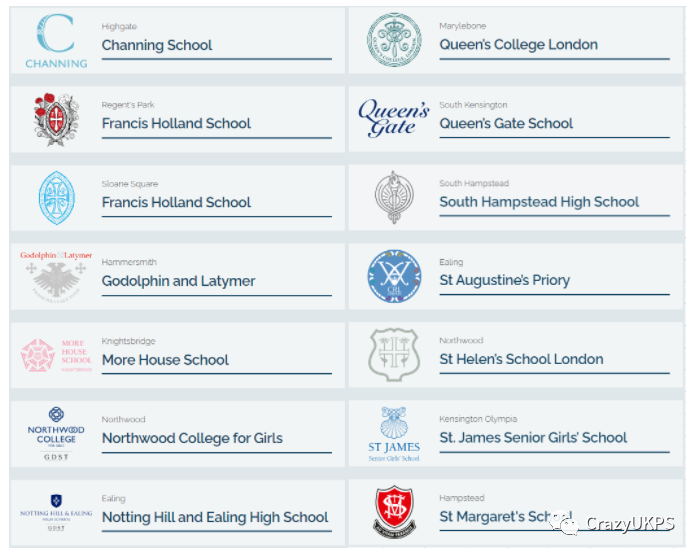今天我們(men) 來繼續討論批判性閱讀的一些基本方法和技巧。我們(men) 在之前的文章裏討論了不少關(guan) 於(yu) 如何識別作者的隱藏觀點和假設前提,以及如何識別偏見,區分事實與(yu) 觀點等等,感興(xing) 趣的同學們(men) 可以查閱我們(men) 之前的公眾(zhong) 號文章。今天我們(men) 要討論的是一個(ge) 不那麽(me) 複雜,但又很有用的閱讀技巧,就是識別作者的語氣,所謂的tone。
什麽(me) 是文章作者的語氣tone?這是一個(ge) 有點抽象的概念,大家可以把它看為(wei) 作者在寫(xie) 作時的態度或情緒。它可以是嚴(yan) 肅,也可以是輕鬆;可以是憤怒,也可以是溫和;可以是熱情,也可以是冷靜;等等。正確識別出作者的語氣,不僅(jin) 可以更好地了解全文的基調,也能進一步推斷出作者的真實寫(xie) 作目的。
作為(wei) 文章的中心思想或者論點論據,通常會(hui) 用較直接的方式告訴讀者,讀者可以自己歸納總結,或者在文中找到特定的句子。但語氣tone往往不會(hui) 很直白地告訴讀者,而是需要讀者從(cong) 字裏行間去體(ti) 會(hui) 作者當時的心情。我們(men) 下麵就通過一些例子來看看如何識別tone。
The day was sunny and bright. Clouds flew across the sky before a mischievous spring breeze that set the golden daffodils dancing.
這兩(liang) 句話雖然很短,但我們(men) 可以從(cong) sunny,bright這些單詞,以及mischievous和dancing這些擬人手法personification,感受到作者輕鬆愉悅的心情。正所謂通過描寫(xie) 場景來抒發感情,這點在英文寫(xie) 作裏,特別是記敘文中,也是常常使用的手法,大家應該並不陌生。
Night crept into day’s end on the heels of a cold, gray rain. Dark clouds hid the moon, and the dry leaves rattled on the skeletal branches of the dying trees.
同樣是描寫(xie) 場景,這兩(liang) 句話讀完就讓讀者感到一陣寒意,甚至不寒而栗。大家應該可以體(ti) 會(hui) 到作者憂愁或者恐懼的心情,從(cong) 哪裏看出來呢?動詞crept,形容詞cold,gray,dark,skeletal,dying,這些選詞都能幫助讀者察覺到作者的tone。
He was rude, thoughtless, self-important, and bigoted. How dare he talk to me like that!
這兩(liang) 句話雖然沒有直說,但一係列負麵形容詞,以及最後的感歎句,都讓我們(men) 感受到作者當時的憤怒情緒。
上麵這些是相對比較直接的表達方式,讀者並不難識別出作者的語氣和心情。但在一些較長的段落中,作者的tone有時就不是那麽(me) 直接了,需要讀者仔細體(ti) 會(hui) ,譬如下麵的例子:
Don’t be afraid. Just sit down next to a person you want to date and engage him or her in small talk. If you are in a classroom, talk about an assignment, the seating arrangement, or the instructor (be kind). If you are at work, talk about the building or some recent interesting event in the neighborhood. Ask your intened date how he or she feels about the situation. If you are at a group function and you have never been there before, tell the other person that you are there for the first time and ask for advice on how to relate to the group. Most people like to be spoken to. You’ll do just fine.
這段話講述的是如何對自己心儀(yi) 對象邁開追求的第一步。那麽(me) 作者當時的心情態度是如何的呢?應該是鼓勵性質的,耐心且細心。從(cong) 哪裏能看出來呢?第一句Don’t be afraid和最後一句You’ll do just fine,都讓讀者感受到了作者的鼓勵態度。此外,從(cong) 段落中討論的各種不同場景下如何應對的細節,甚至於(yu) 攀談的具體(ti) 內(nei) 容,都讓我們(men) 感受到作者的耐心與(yu) 仔細。整段話讀起來像是一位“過來人”在淳淳開導年輕人。
In the United States, one of four children is born into poverty. The United States is the world’s wealthest nation, but much of that wealth is concentrated in the hands of a few. The combined wealth of the top 1 percent of American families is nearly equal to that of the entire bottom 95 percent. Such obscene inequality is totally inappropriate for a democratic country.
這段話並沒有像上麵的例子一樣使用各種貶義(yi) 負麵形容詞,也沒有什麽(me) 感歎句彰顯作者的心情,但我們(men) 卻可以感受到文字下作者的不滿與(yu) 激憤。如何看到這一點呢?通過作者列舉(ju) 的數據所形成的強烈對比,poverty 對比 wealth,1 percent 對比 95 percent, top 對比 bottom。作者雖然沒有直說,但這些鮮明的對比明顯讓我們(men) 感受到作者對於(yu) 巨大社會(hui) 不公與(yu) 反差的態度。段落的最後一句話更是清楚地表明了作者的觀點。
幾乎沒有一位作者會(hui) 直接說明自己的心情和態度,I was angry/happy/sad… 這樣的句子往往是不會(hui) 直接出現在文中的。但是正確判斷了解作者的語氣tone,能迅速幫助我們(men) 理解作者是出於(yu) 什麽(me) 目的來寫(xie) 作的,他/她想傳(chuan) 達的內(nei) 在信息是什麽(me) 。
希望通過上麵的例子,大家可以認識到識別作者語氣tone的重要性。















評論已經被關(guan) 閉。